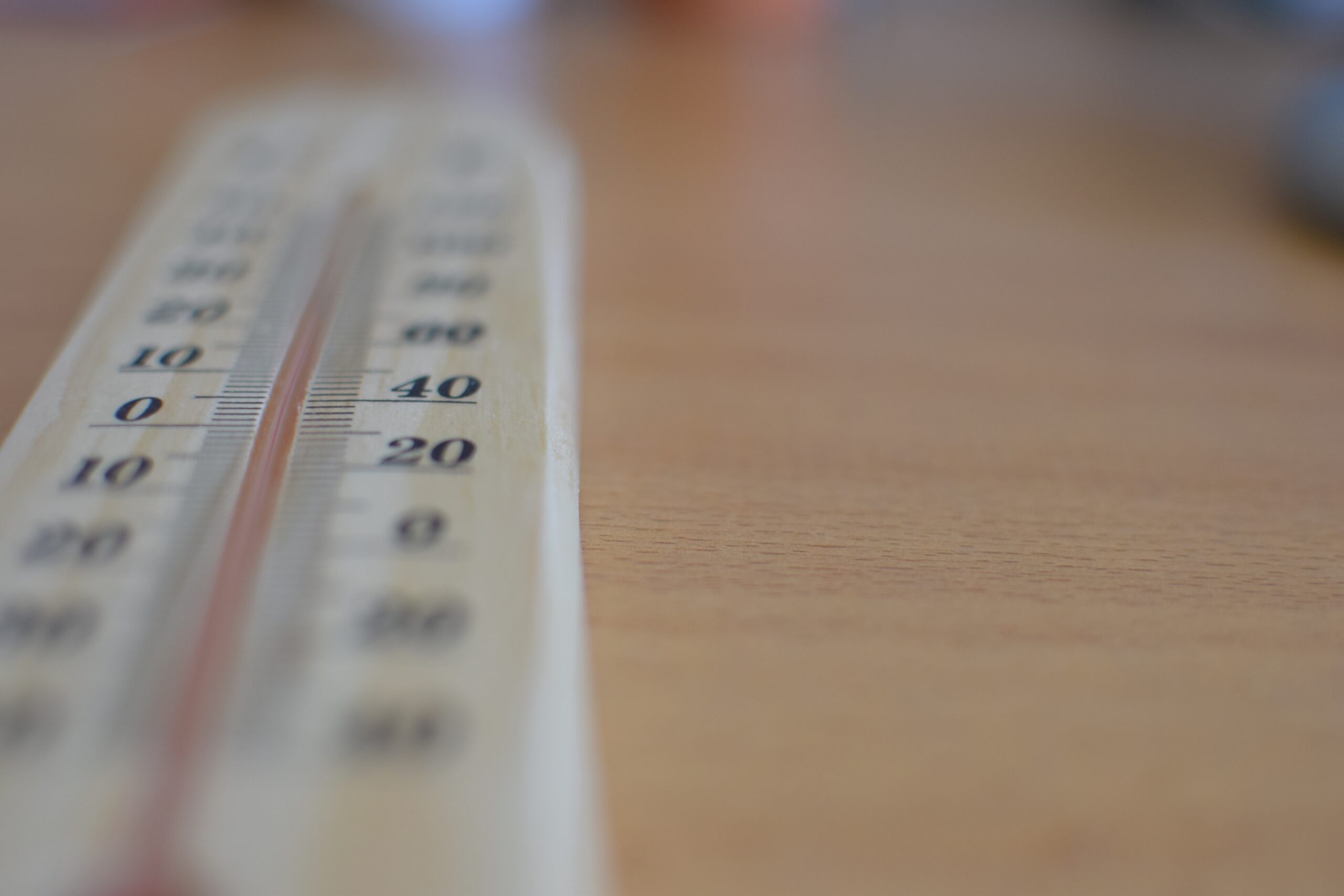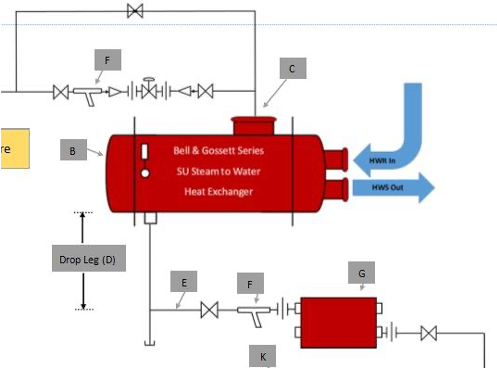 When should you choose to use a gasketed plate, brazed plate, or shell and tube heat exchanger? Often in HVAC, plumbing, or industrial systems any one of them could be used. How does the engineer decide which is best for their client? Today, the R. L. Deppmann Monday Morning Minutes looks at temperature and application thoughts.
When should you choose to use a gasketed plate, brazed plate, or shell and tube heat exchanger? Often in HVAC, plumbing, or industrial systems any one of them could be used. How does the engineer decide which is best for their client? Today, the R. L. Deppmann Monday Morning Minutes looks at temperature and application thoughts.
Application 1: Close Temperatures
Heat exchanger design conditions with tight approach temperatures may favor the use of a plate style heat exchanger. I will put on my Deppmann teaching hat for a moment to explain some terms.
Close Approach: Approach is all about how close the temperatures are to each other. Look at the two temperature representations above. The temperature shown could be a domestic water heating application on one side and a boiler water system on the other. Figure 1 has an outlet temperature on the domestic water side of 140⁰F. The boiler has water leaving the exchanger at 160⁰F. The outlet of the boiler side is approaching the outlet of the domestic water side. The approach is 20⁰F.
Temperature Cross: Now look at figure 2. In this case the boiler has a deep delta T of 80⁰F. The outlet of the heated water is higher than the outlet of the hot water. This is a temperature cross. The approach is negative. You must use a counterflow heat exchanger. You would not be able to get a solution in a shell and tube with multiple passes. You must use a single pass counterflow heat exchanger. Even the single pass shell and tube might be longer than the entire building you plan to put it in! Plate heat exchangers can be multiple pass, but 99% of them are single pass piped in counterflow.
Please note that at R L Deppmann there is an internal comment referred to as a “Norm”-ism. Often, I will make a suggestion for an application or troubleshooting solution. It does not mean that it is the only solution. It means I would suggest looking in that direction first. Here is one of them.
Application Suggestion One: All other things being equal, in a liquid-to-liquid application, I would suggest looking at plate heat exchangers if the approach is less than 10⁰F or, even worst, you have a temperature cross. When you are over 10⁰F approach, you may want to look at both shell and tube and plate exchangers.
A common use of gasketed plate heat exchangers in HVAC cooling application is free cooling. The use of very cold winter cooling tower water to make chilled water rather than turning on the chiller. The temperatures are normally designed to be close and with a temperature cross. A typical plate heat exchanger design condition may be 40⁰F to 50⁰F on the tower side and 55⁰F to 45⁰F on the chilled water side.
Application 2: Widely Different Temperatures
On the other side of temperature approaches are liquid to liquid applications with large temperature differences from one side to another. Here we will mention two applications.
Applications With High Temperature Differences: The heat transfer formulae love elevated temperatures with big temperature differences. These two items increase the heat transfer while decreasing the surface area. One issue can be problems with expansion and contraction. It can be a big issue.
Materials may expand at different rates. There is an example in part 1 of this series: “Heat Exchanger types and Where to Use Them: Part 1: Shell and Tube” When there are widely varying temperatures, different metals will expand differently. This could cause stress in a fixed shell and tube. It can cause damage and leaking in a brazed plate. It can cause gasket flexing and leaking in a gasketed plate. A “U” tube style exchanger may be the best answer. Brazed plate heat exchangers also have an issue when the temperature differences are over 150⁰F. The B&G sales engineer will check this on the program if there will be an issue. A fixed straight shell and tube will also have issues with high temperature differences over 150⁰F. Once again, the program will advise and offer alternatives if you get in an area of concern.
Another issue can be elevated temperature differences with cycling. Contractors are very aware of the requirement to tighten the gaskets on shell and tube as well as gasketed plate exchangers with large temperature differences between the ambient installed conditions and design. When the application frequently cycles between design and ambient, there can be a continuous leaking issue. Caution must be used in gasketed plate heat exchangers. They can be tightened so much that the plates become damaged. Once again, a “U” model with flexible gaskets may be better. Visit Shell & Tube Heat Exchanger – Leaking Gaskets for more information on these gaskets.
Application Suggestion Two: When the average temperature difference between the two sides of a heat exchanger exceeds 150⁰F, try using a “U” style shell and tube heat exchanger rather than a gasketed or brazed plate. If the exchanger will cycle on or off continuously, add flexible heat gaskets to the “U” style shell and tube heat exchanger specification.
Application 3: Steam to Liquid Applications
Steam to water heating applications have special concerns. These applications require the heat exchanger to be able to manage the steam and the condensate without flashing. There is more issue with plate style exchangers than “U” tube models designed for this service.
In the 1980s many industrial customers started to use the “latest and greatest” gasketed plate and frame heat exchangers in steam applications. It was not long before most returned to the shell and tube designs. Steam tends to have a detrimental effect on the life of the gaskets and require more maintenance. The expansion and contraction issues prevent proper use of the brazed plates.
Application Suggestion Three: When it comes to steam, use shell and Tube “U” tube heat exchangers.
We have spent a lot of time on the temperature side (LMTD) of heat exchangers. Next week, we will look at the “U value” side and velocity concerns in part 4 of this series.
Part 1: Heat Exchanger Types and Where to Use Them: Shell & Tube
Part 2: Heat Exchanger Types and Where to Use Them: Plate Style




